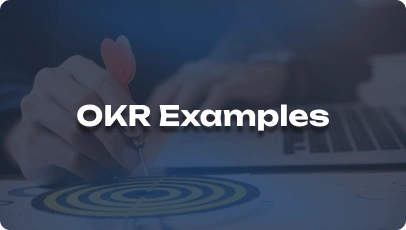Risk Analyst Interview Questions
What is risk analysis and why is it important for businesses?
Risk analysis involves identifying, assessing, and managing potential threats to a company’s goals. It’s crucial because it enables informed decisions, resource allocation, and loss prevention.
What methods or tools do you use for risk assessment and mitigation?
I employ quantitative analysis, scenario analysis, and risk matrices. Additionally, I use specialized software and data tools for risk quantification and mitigation strategy development.
How do you assess impact and probability of risks?
I evaluate impact by considering potential financial, operational, and reputational consequences. Probability is determined using historical data, expert input, and industry benchmarks.
Share a successful risk analysis project example.
In a past role, I conducted risk analysis for a manufacturing company. By identifying and mitigating supply chain vulnerabilities, we saved over $500,000 annually.
Explain the difference between qualitative and quantitative risk analysis.
Qualitative analysis uses subjective judgments and ranks risks by severity, while quantitative analysis employs numerical data for estimating probabilities and impacts. Qualitative analysis is initial, and quantitative goes deeper.
Learn all HR terms with Superworks
From hiring to retiring, manage the whole business with 1 tool
How do you stay updated on industry trends and regulations?
I stay informed through industry publications, conferences, webinars, and professional organization memberships, which provide access to updates and networking.
How do you communicate risk findings to non-technical stakeholders?
I simplify complex data with visuals like charts and concise reports. This helps convey key risk findings and potential business impacts to non-technical stakeholders.
What steps do you take when creating a risk management plan?
I identify, prioritize risks, develop mitigation strategies, assign responsibilities, and set timelines. Continuous monitoring and plan updates are crucial for adapting to changing circumstances.
Describe a challenging risk-related decision you’ve made.
I had to decide on a financial investment amid market volatility. After thorough risk assessment and consultation with experts, I recommended a hedging strategy that protected the company from significant losses.
How do you handle differing stakeholder risk tolerances?
I facilitate open discussions to understand stakeholders’ concerns and preferences. I aim for consensus and, if needed, provide data and analysis to support the chosen risk management approach.
How do you prioritize risks in a project?
I prioritize risks based on their potential impact on project objectives and the likelihood of occurrence. High-impact, high-probability risks receive immediate attention.
What’s the importance of stress testing in risk analysis?
Stress testing helps assess how a system or portfolio performs under extreme conditions. It’s crucial for identifying vulnerabilities and ensuring resilience.
How do you handle situations where risk data is limited or unavailable?
In such cases, I rely on expert judgment, historical data from similar contexts, and conservative estimates to assess and mitigate risks.
Can you give an example of a risk mitigation strategy you’ve implemented successfully?
Certainly, in a previous role, we implemented a diversification strategy for investments, which reduced the overall portfolio risk and increased returns.
How do you ensure ongoing monitoring of risks once a project is underway?
I set up regular review meetings, establish key performance indicators, and use risk management software to track and update risk information throughout the project’s lifecycle.







